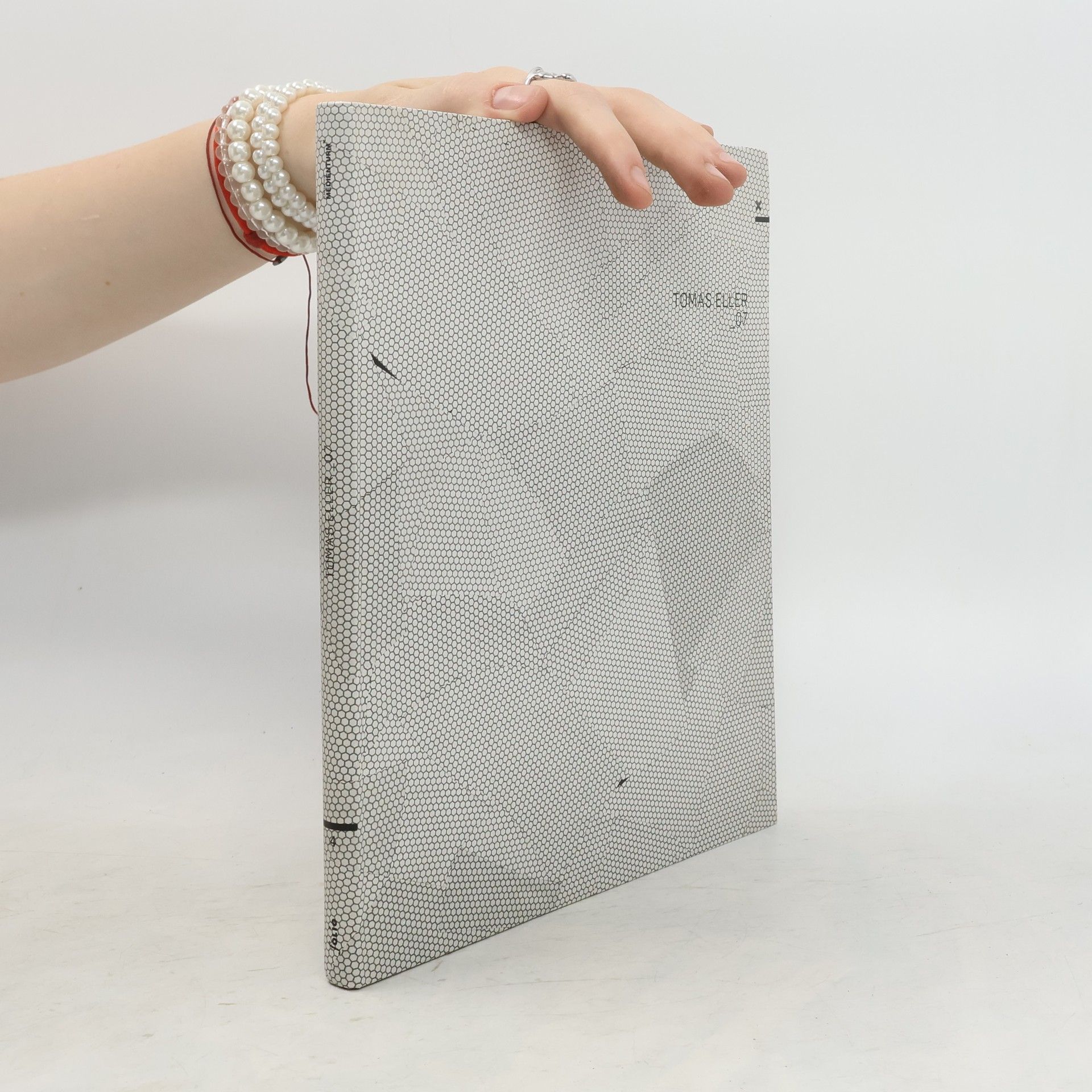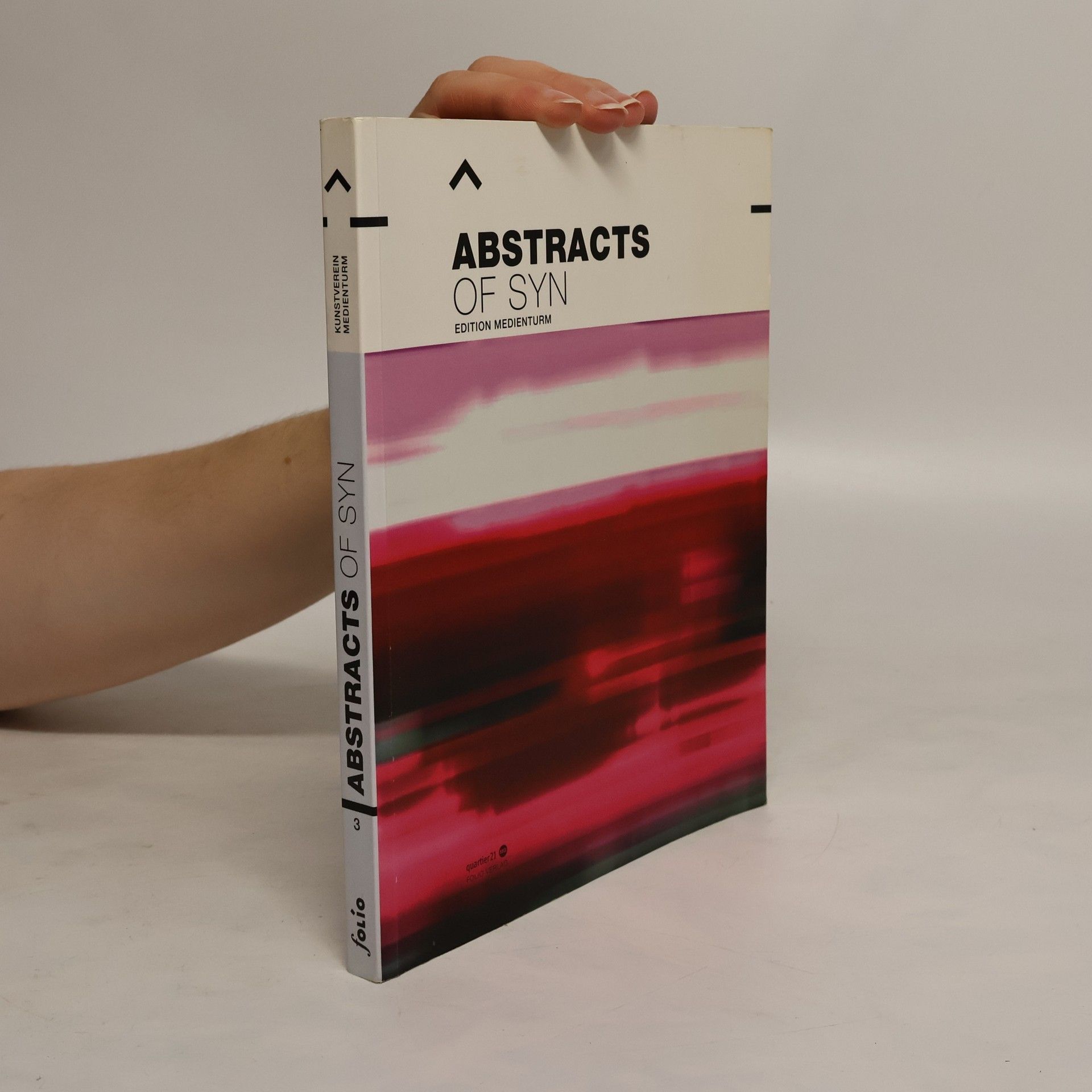Sandro Droschl Livres




Abstracts of SYN
- 179pages
- 7 heures de lecture
Ein Schwerpunktthema zeitgenössischer Medienkunst ist das dynamische und vielfältige Verhältnis von Bild und Ton. Der Grazer Kunstverein Medienturm stellt regelmäßig Arbeiten junger Video- und Soundkünstler vor. Dabei trifft eine tendenziell abstrahierte Visualisierung auf fein verwobene Soundstrukturen, die sich gerade in Installationen, Performances oder Liveacts zu komplexen synästhetischen Audiovisionen verdichten. Medienturm SHOWS präsentiert rund 20 Arbeiten. Mit Textbeiträgen von Medientheoretikern, u. a. von S. Albers, R. Braun, K. Cascone, B. Czerny, S. Droschl, C. Höller, C. Egger, J. R. Leegte, V. Öhner, B. O. Polzer, M. Ries, A. Roch, H. A. Wiltsche, J. Wozencroft und M. Fassler.
Stano Filko
A Retrospective
Als eine der wichtigsten Figuren der osteuropäischen Neo-Avantgarden vereinte Stano Filko Dada, Pop Art, Fluxus und Konzeptkunst zu einer universalen Vision von Kunst und Leben. Beeinflusst von moderner Architektur, mathematischen Algorithmen, aber auch spiritueller Transzendenz und dem Kosmos, entwarf er in den 1960er-Jahren pneumatische Skulpturen und interaktive Environments, Assemblagen, textbasierte Werke und initiierte Happenings und Aktionen im öffentlichen Raum. Er versuchte damit, staatliche Repressionen zu unterwandern. Nach einer abenteuerlichen Flucht – mittels eines Škoda 120L, der im Zentrum seiner Teilnahme an der documenta 7 stand – emigrierte er nach New York. Dort wandte er sich der neoexpressionistischen Malerei zu und entwickelte ein regenbogenfarbenes Chakra-System, das System SF , das er bis zum Ende seines Lebens weiterentwickelte. STANO FILKO (1937, Veľká Hradná–2015, Bratislava) galt bis zu seinem Tod als einer der wichtigsten Künstler der Slowakei. Nach großen Erfolgen in den 1960er-Jahren wurde der Konzeptkünstler infolge der Niederschlagung des Prager Frühlings zur Persona non grata. Nachdem ihm 1981 die Flucht nach Westdeutschland gelang, emigrierte er 1982 nach New York. 1990 kehrte er nach Bratislava zurück und baute das Atelierhaus Snesčenkova zu einem nach den Prinzipien seines System SF gestalteten Gesamtkunstwerk aus.